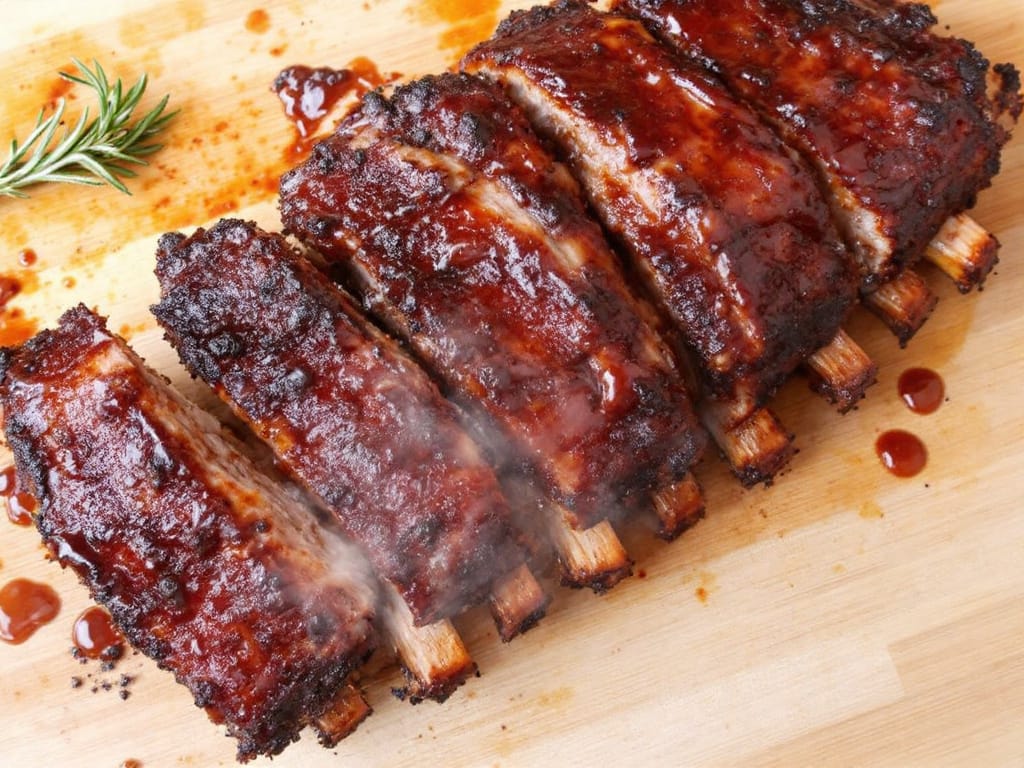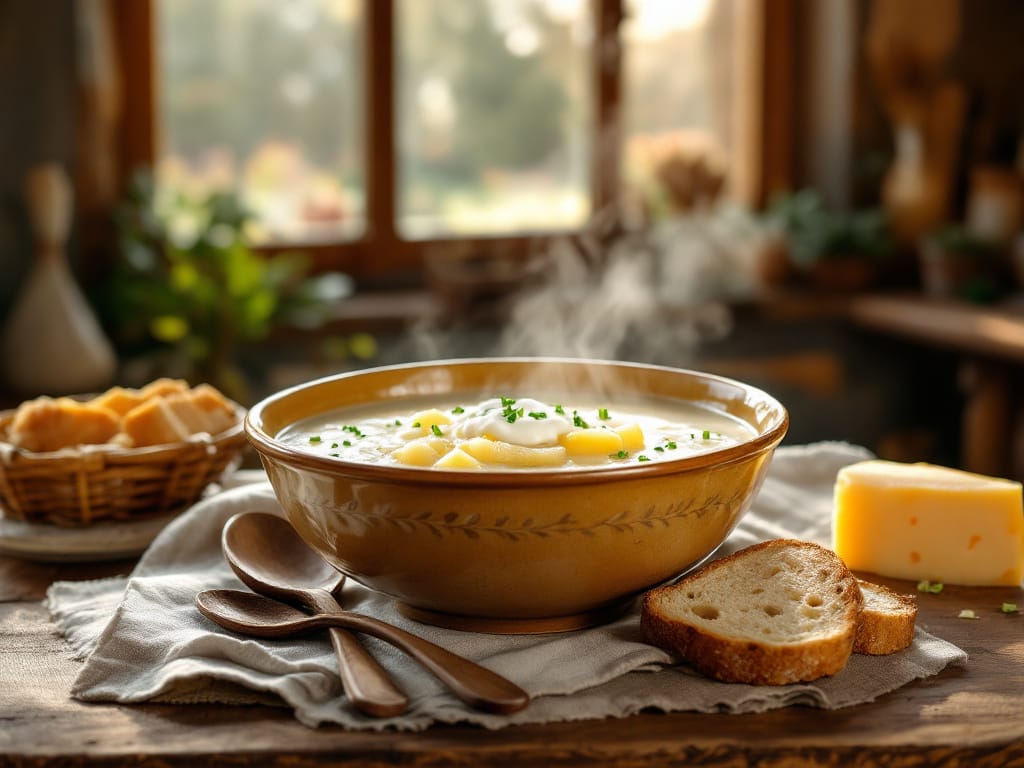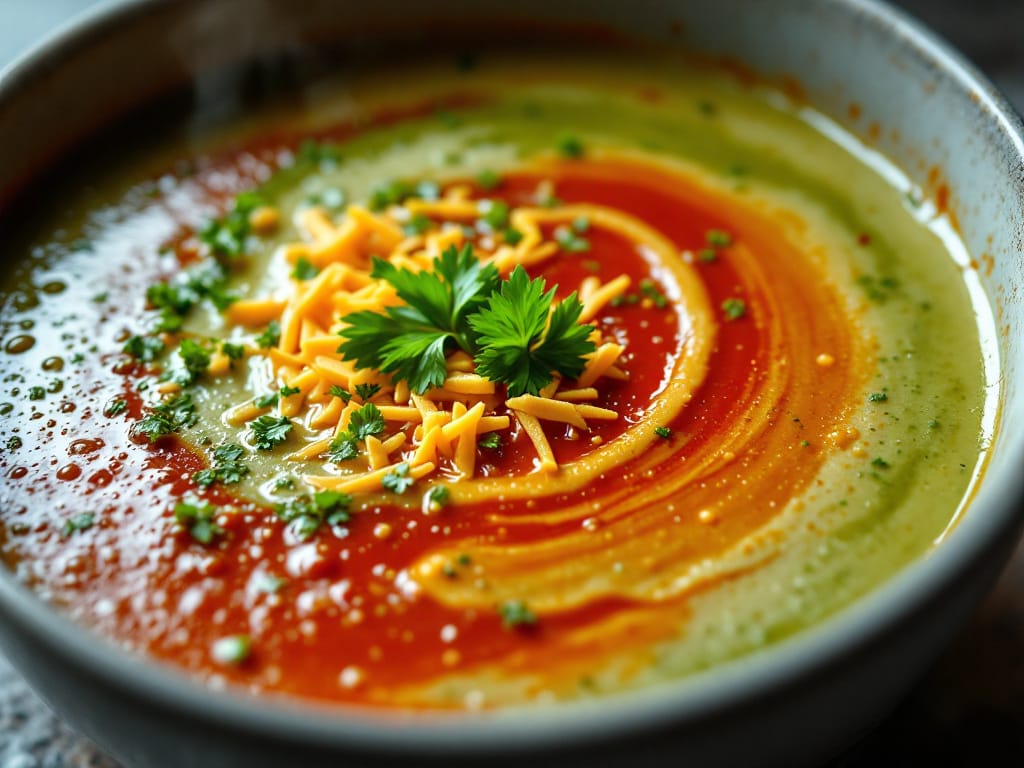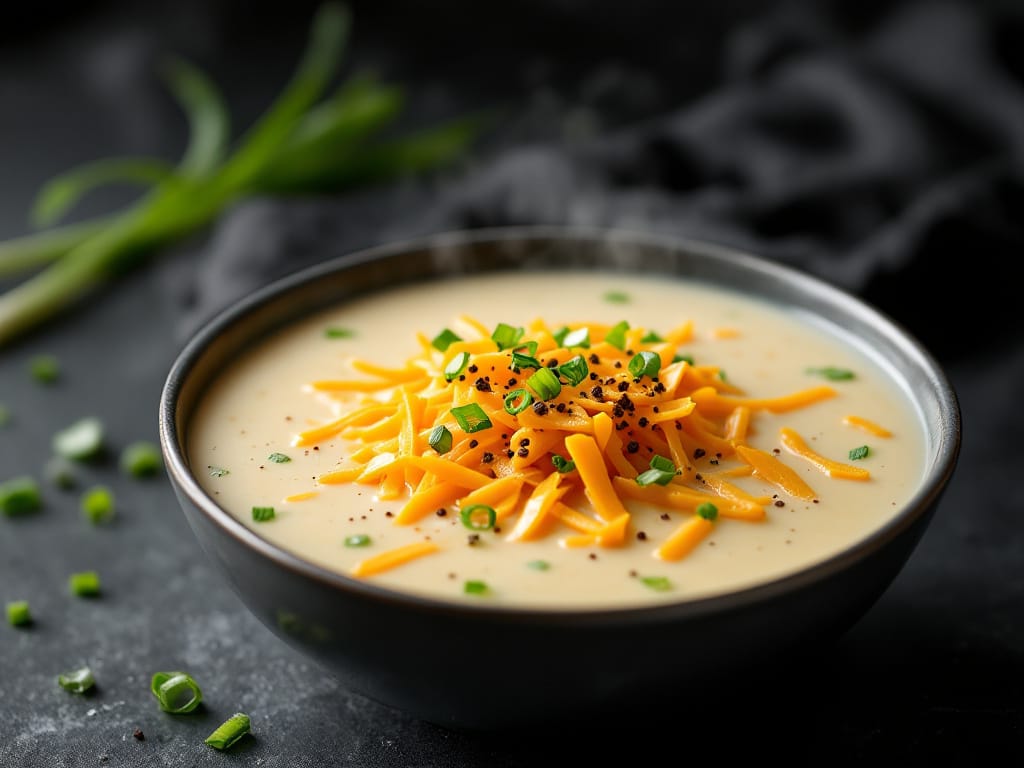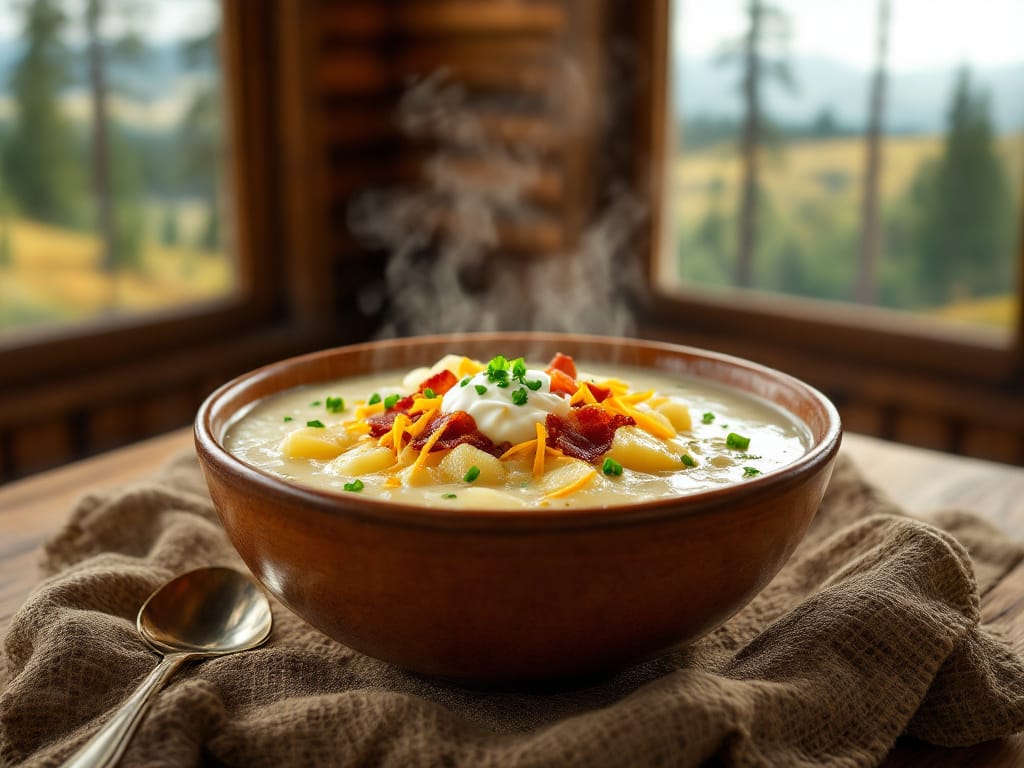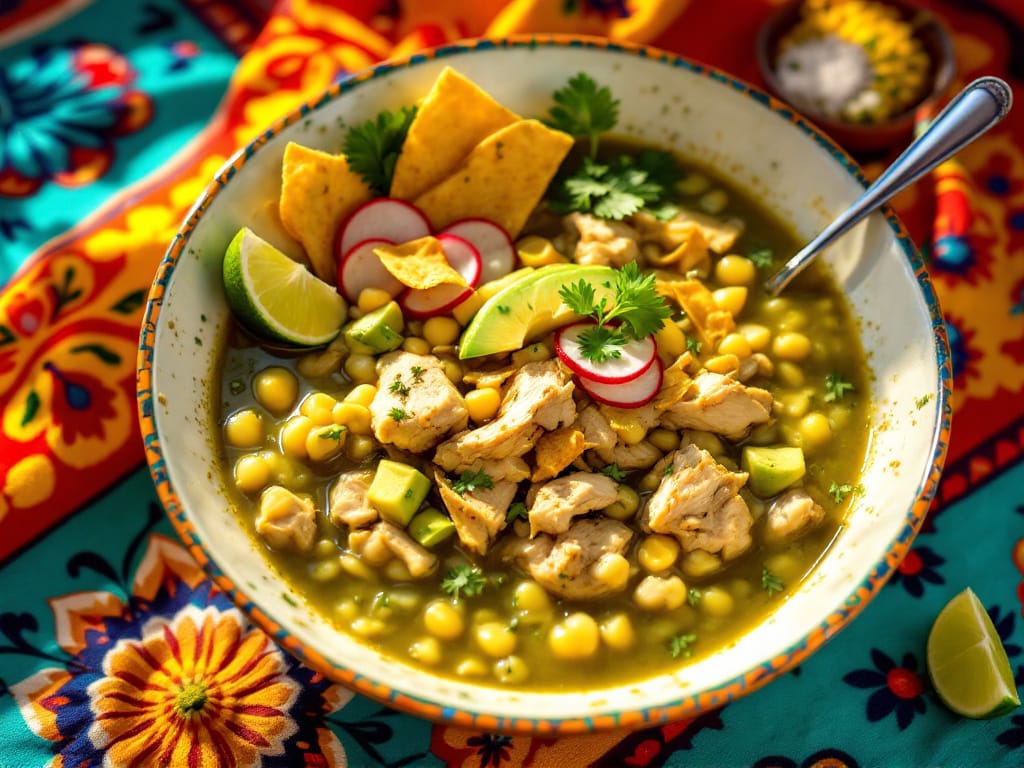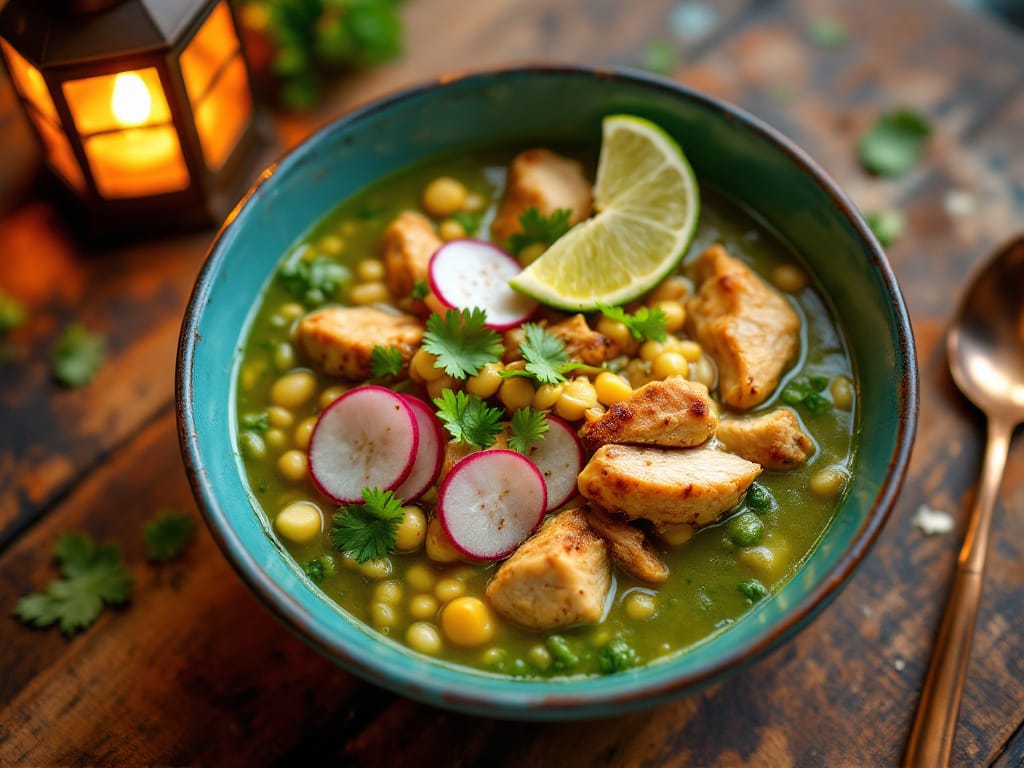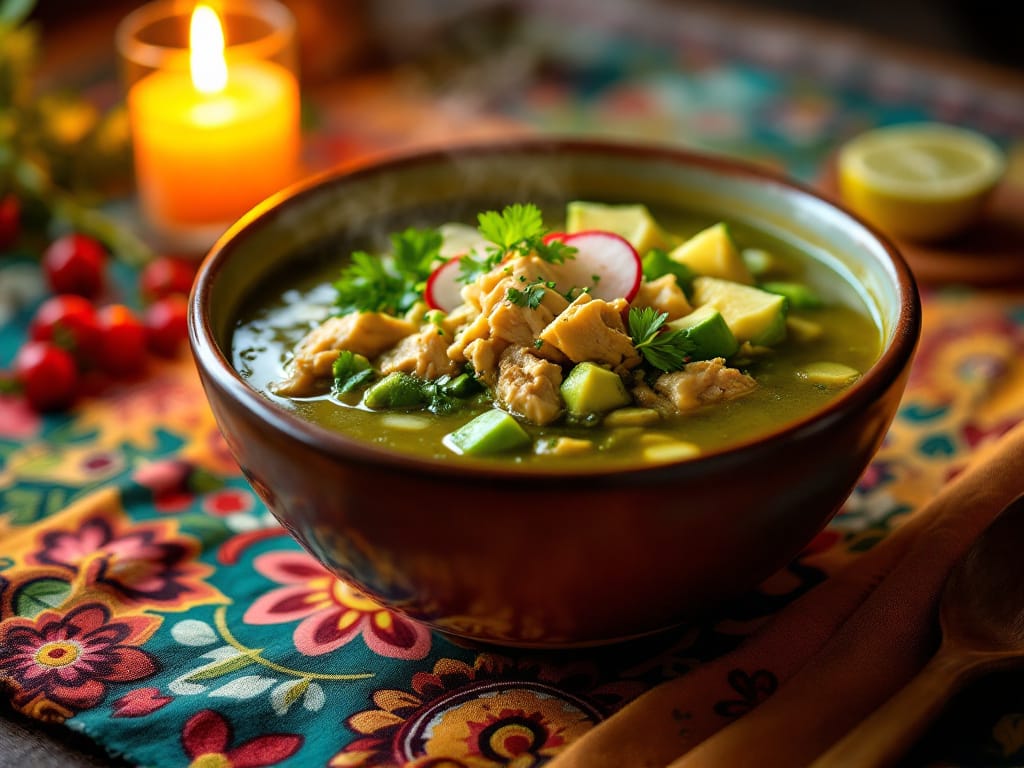Baby back ribs are a barbecue favorite, and learning how to cook baby back ribs on a Traeger is the ultimate way to achieve tender, smoky perfection. Whether you’re using the classic Traeger method or experimenting with a new recipe, this guide will walk you through step-by-step instructions to create BBQ ribs that will wow your family and friends. With the Traeger grill’s unique wood pellet system, making restaurant-quality ribs has never been easier.
Understanding Baby Back Ribs
Baby back ribs are cut from the upper portion of a pig’s ribcage, where the ribs meet the spine. These ribs are smaller, leaner, and more tender than spare ribs, making them ideal for smoking.
One of the main differences between baby back ribs and spare ribs is their size. Baby back ribs are shorter and more curved, while spare ribs are larger and have more connective tissue. The tenderness of baby back ribs, combined with their slightly sweet flavor, makes them a favorite for many grill masters. With the right preparation, you can elevate these ribs to perfection.
If you’re wondering what else pairs well with ribs, consider trying some classic BBQ sides. You can find an excellent guide to pairing ribs with the right dishes, like this Easy Prime Rib Roast Guide, which offers tips that also apply to barbecue spreads.
Why Use a Traeger Grill?
A Traeger grill is not your typical smoker. This pellet grill uses compressed wood pellets to create consistent heat and natural smoky flavor, which is essential for ribs.
Key advantages include:
- Precision temperature control: Perfect for low-and-slow cooking.
- Versatility: Use your Traeger to smoke, grill, roast, and more.
- Ease of use: Its set-it-and-forget-it capabilities make it accessible to beginners and seasoned pitmasters alike.
When deciding which wood pellets to use, applewood and hickory are great options for ribs. If you want a deeper dive into grilling techniques, check out this guide on crispy chicken fritta for insights that may also apply to other smoked recipes.
Essential Equipment and Ingredients
To achieve perfect baby back ribs on a Traeger, you’ll need the following equipment and ingredients:
Equipment:
- Tongs: For flipping and handling the ribs without tearing the meat.
- Meat thermometer: A must-have for checking the internal temperature of the ribs. Learn how to use one effectively with this Guide to Using a Meat Thermometer.
- Foil: Used for wrapping the ribs during the cooking process.
- Pellet smoker: Your Traeger grill.
Ingredients:
- Baby back ribs: Choose fresh, high-quality ribs for the best results.
- Dry rub: A mix of brown sugar, paprika, garlic powder, onion powder, salt, and pepper.
- Barbecue sauce: Optional but adds a delicious glaze to the ribs.
- Wood pellets: Hickory and applewood are ideal choices for ribs.
When selecting wood pellets, consider the flavor you want to achieve. Hickory adds a bold smoky taste, while applewood offers a sweeter, fruitier profile. Combining the two can create a balanced flavor that complements the tenderness of the ribs.
Preparing the Ribs
Proper preparation is the foundation of perfectly smoked ribs. Follow these steps to prepare your baby back ribs:
Removing the Membrane
The underside of baby back ribs has a thin, tough membrane that can prevent flavors from penetrating the meat. To remove it:
- Use a knife to loosen one edge of the membrane.
- Grip the loosened edge with a paper towel for better traction.
- Peel the membrane off the ribs in one smooth motion.
Applying the Dry Rub
A flavorful dry rub is key to enhancing the taste of the ribs.
- Combine ingredients like brown sugar, paprika, garlic powder, onion powder, salt, and pepper.
- Generously coat both sides of the ribs with the rub, massaging it into the meat to ensure even coverage.
Letting the Ribs Rest
After applying the dry rub, let the ribs sit for at least 30 minutes. This resting period allows the flavors to infuse into the meat. For maximum flavor, refrigerate the ribs overnight.
Proper preparation ensures your ribs are packed with flavor and ready for the smoking process.
Setting Up the Traeger Grill
Your Traeger grill setup will determine the success of your smoked ribs. Follow these steps:
- Preheat the grill: Set your Traeger to 225°F. This low-and-slow temperature is ideal for smoking ribs. Allow the grill to preheat for 15 minutes with the lid closed.
- Select wood pellets: Choose a wood pellet that complements the flavor of your ribs. Hickory is a classic choice for its bold smokiness, while applewood adds a sweeter, fruitier note.
- Clean the grill grates: Ensure your grates are clean to prevent any old food residue from affecting the flavor of the ribs.
Maintaining consistent heat is crucial for even cooking, and the Traeger’s advanced temperature controls make this easy to achieve.
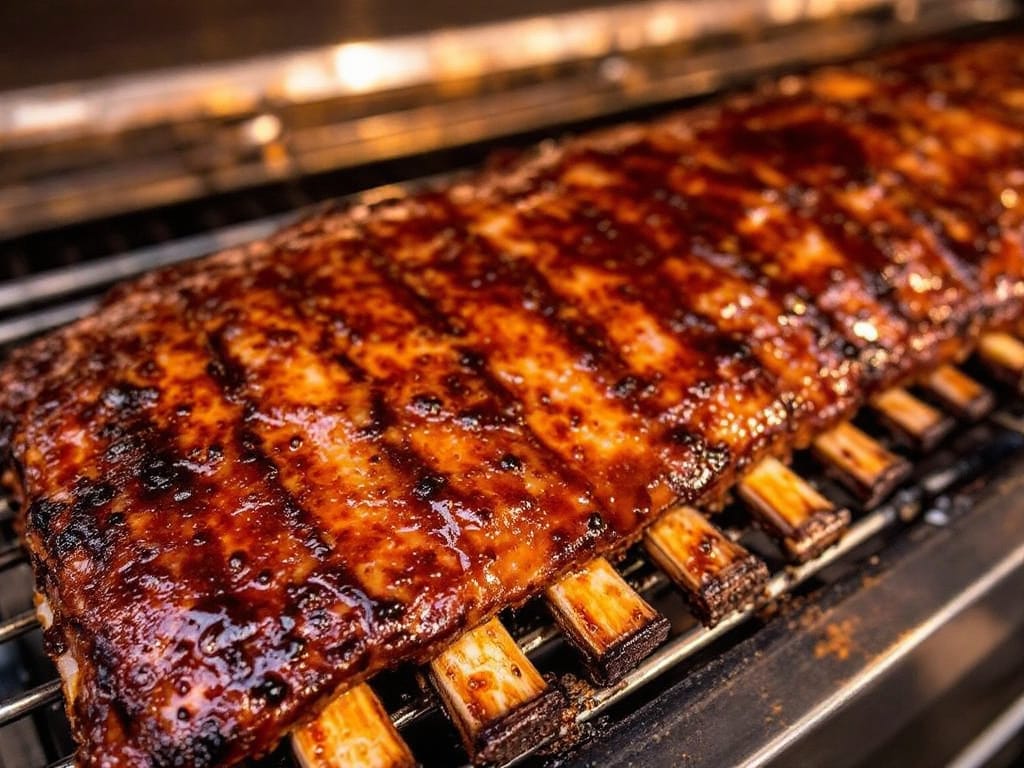
Smoking Ribs: The Basics
Smoking ribs on a Traeger is a straightforward process, but attention to detail is key:
- Temperature: Maintain a steady 225°F throughout the cooking process.
- Placement: Place the ribs bone-side down on the grill grates to ensure even cooking.
- Time: Plan for a slow and steady cook—smoking baby back ribs typically takes around 5–6 hours.
By keeping the grill closed and resisting the urge to peek, you’ll preserve the heat and smoky flavor that are essential for perfectly cooked ribs.
The 3-2-1 Method Explained
The 3-2-1 method is a tried-and-true technique for smoking baby back ribs, ensuring they are tender, flavorful, and fall-off-the-bone. This method divides the smoking process into three distinct phases:
Smoking the Ribs Uncovered (3 Hours)
- Place the ribs directly on the grill, bone-side down.
- Smoke at 225°F for three hours, letting the natural flavors of the ribs develop.
- Resist the urge to peek or open the grill frequently, as this releases heat and smoke.
Wrapping the Ribs with Moisture (2 Hours)
- Remove the ribs from the grill and tightly wrap them in aluminum foil.
- Add moisture to the wrap: popular options include apple juice, cider vinegar, or a mix of butter and brown sugar.
- Return the wrapped ribs to the grill and smoke for two hours. The foil traps steam and moisture, making the ribs tender.
Unwrapping and Finishing with Sauce (1 Hour)
- Carefully remove the ribs from the foil and place them back on the grill.
- Brush the ribs generously with barbecue sauce for a sticky, caramelized finish.
- Smoke uncovered for one final hour, letting the sauce set and the flavors intensify.
For a variation of this method, you can explore techniques in recipes like this healthy crispy chicken for ideas on flavor layering.
Alternative Cooking Methods
While the 3-2-1 method is popular, it’s not the only way to smoke baby back ribs. Here are two alternatives to consider:
Low and Slow Method
- Smoke the ribs at 225°F for 4–6 hours without wrapping.
- This method creates a firm, slightly chewy texture with a rich bark.
- Perfect for those who prefer a more traditional smoked rib experience.
Faster Techniques
- Increase the temperature to 275°F and reduce the cooking time to 3–4 hours.
- Wrap the ribs after the first hour for added moisture.
- Ideal for those short on time who still want delicious ribs.
Adjusting for Preferences
- Experiment with wrapping times, sauces, and seasonings to suit your taste.
- Use your grill’s capabilities to your advantage, whether it’s high-tech temperature control or manual adjustments.
Both methods can produce excellent results with practice and customization.
How to Check for Doneness
Knowing when your ribs are done is crucial for achieving the perfect texture and flavor. Here are two reliable methods:
Using a Meat Thermometer
- Insert the thermometer into the thickest part of the meat, avoiding the bone.
- The ideal internal temperature for baby back ribs is 195–203°F. At this temperature, the connective tissues have broken down, creating tender ribs.
Visual and Texture Cues
- Look for meat that has pulled back from the ends of the bones by about ¼ inch.
- Gently tug at a rib—if it separates easily but doesn’t fall apart completely, it’s ready.
- The ribs should be tender yet still hold their shape.
Both methods ensure your ribs are perfectly cooked and ready to serve.
Tips for Perfect Ribs Every Time
Mastering baby back ribs takes practice, but these tips will set you up for success:
Common Mistakes to Avoid
- Rushing the process: Smoking ribs is a slow process—don’t try to speed it up by increasing the temperature.
- Skipping the resting period: Let the ribs rest for 10–15 minutes after cooking to allow the juices to redistribute.
- Not maintaining grill temperature: Use a reliable grill thermometer to ensure consistent heat.
Additional Tips
- Use a spray bottle filled with apple juice or cider vinegar to lightly mist the ribs during smoking, keeping them moist and flavorful.
- Rotate the ribs occasionally for even cooking, especially if your grill has hot spots.
- Don’t overdo the barbecue sauce—apply it during the last hour to avoid burning.
With these tips, you’ll achieve tender, flavorful ribs every time.
Serving Suggestions
A great rack of ribs deserves equally delicious accompaniments. Here are some side dishes that pair perfectly with Traeger-smoked baby back ribs:
- Coleslaw: The creamy crunch of coleslaw balances the smoky richness of the ribs.
- Baked Beans: Sweet and smoky baked beans are a classic BBQ side.
- Cornbread: A slice of moist, buttery cornbread adds a comforting touch.
- Grilled Vegetables: Zucchini, bell peppers, and asparagus are great grilled alongside your ribs.
Presentation Tips
- Slice the ribs into individual portions for easy serving.
- Arrange them on a platter with a drizzle of barbecue sauce for visual appeal.
- Garnish with fresh herbs like parsley or cilantro for a pop of color.
A well-rounded plate enhances the experience and leaves a lasting impression on your guests.
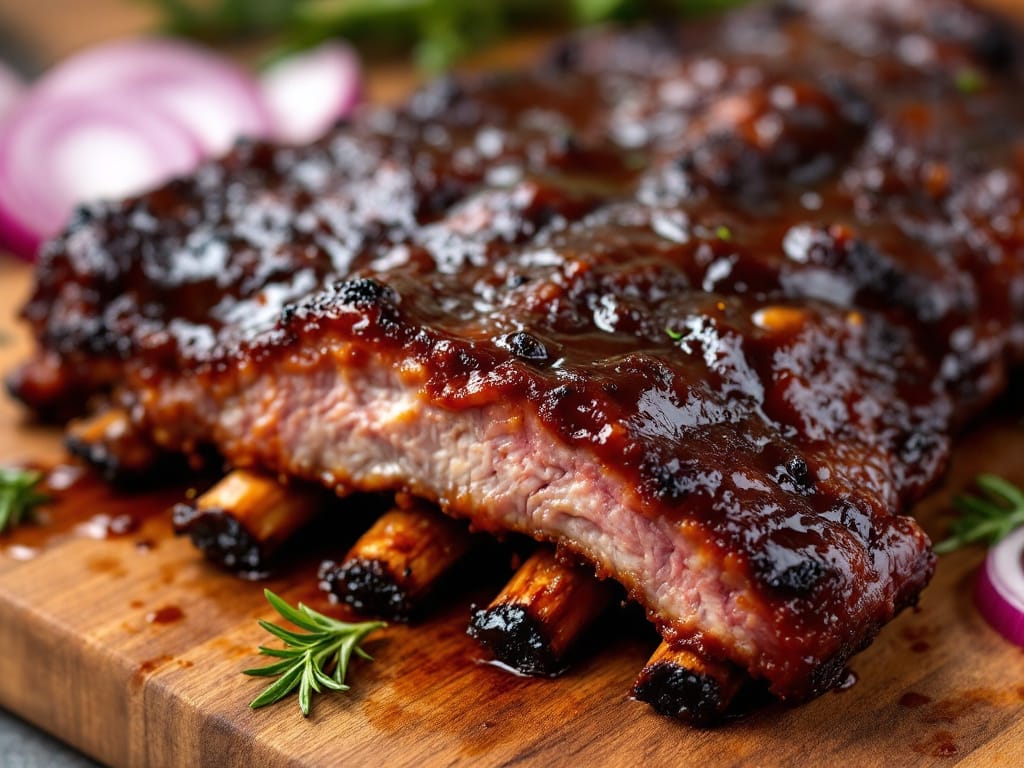
FAQs
How long does it take to smoke baby back ribs on a Traeger?
Using the 3-2-1 method, the entire process takes about 6 hours, including preparation.
What is the best wood for smoking ribs on a Traeger?
Hickory and applewood are top choices, with hickory adding a bold smoky flavor and applewood contributing a sweeter, fruitier note.
Can I cook frozen ribs on a Traeger grill?
It’s best to thaw ribs before cooking for even results. Cooking frozen ribs can result in uneven texture and flavor.
How do I reheat smoked ribs?
Wrap the ribs in foil and reheat them in a 250°F oven or on a Traeger grill until warmed through.
Should I baste my ribs during cooking?
Basting is optional but can add flavor and moisture. Apply during the last hour to avoid washing off the dry rub.
Conclusion
Cooking baby back ribs on a Traeger is an art form that combines preparation, technique, and passion. From removing the membrane and applying a flavorful rub to mastering the 3-2-1 method, each step contributes to creating ribs that are tender, smoky, and irresistibly delicious.
The Traeger grill makes the process simple, offering precision temperature control and the rich flavors of wood pellets. By experimenting with different techniques, wood pellets, and seasonings, you can customize your ribs to perfection.
With the right preparation and tools, you’ll be able to impress your friends and family with ribs that rival those from any barbecue restaurant. So fire up your Traeger, follow this guide, and enjoy the satisfaction of perfectly smoked baby back ribs.

